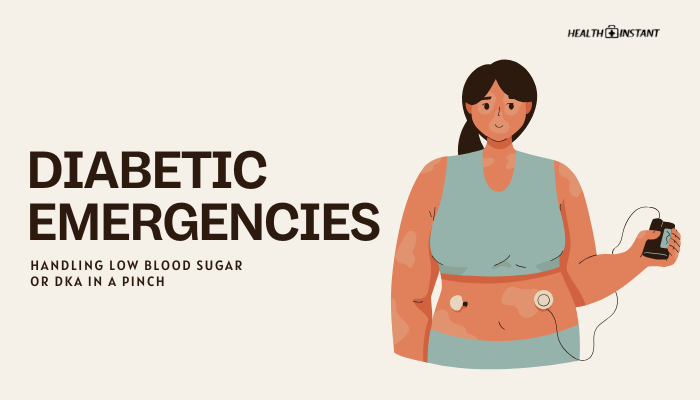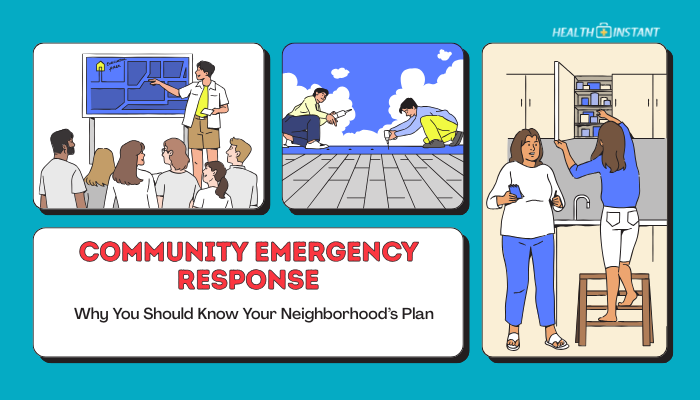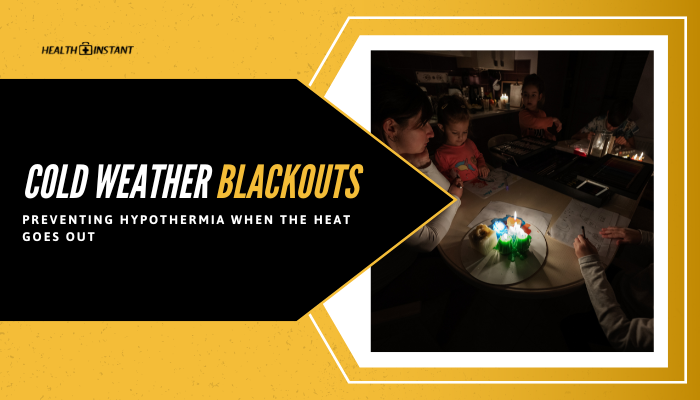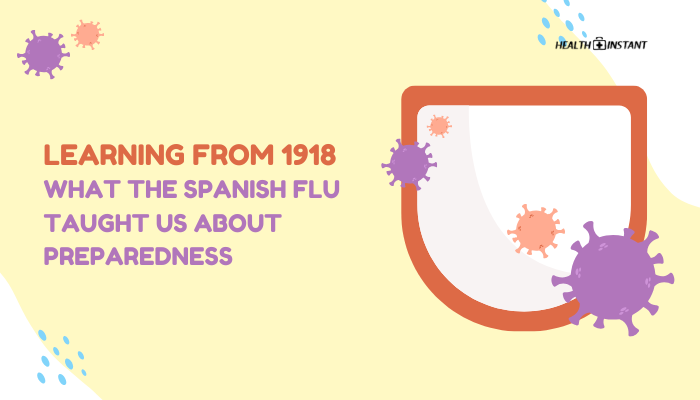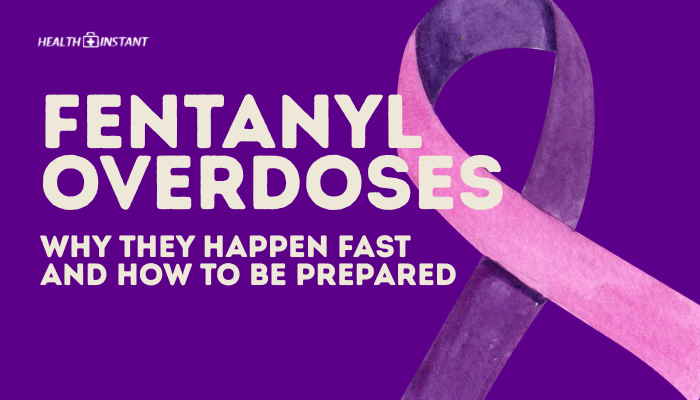Introduction
Mental health crises such as panic attacks or acute stress reactions can be alarming—for both the individual experiencing them and the people around them. While professional care is essential for deeper treatment, immediate support from bystanders, friends, or family members can reduce harm and guide someone toward steadier emotional ground.
This article provides an overview of mental health first aid: understanding the signs of panic and trauma, learning basic interventions, and knowing when to encourage additional help. With these foundational skills, anyone can offer compassionate, practical support that makes a real difference.
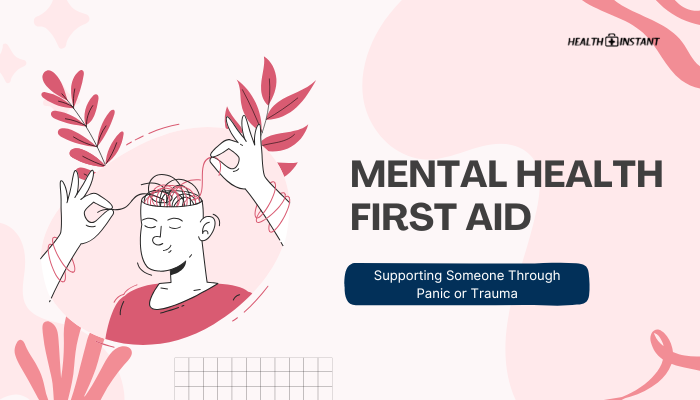
What Is Mental Health First Aid?
Mental health first aid is the immediate, short-term support given to someone who appears to be in psychological distress or experiencing a mental health crisis. Similar to physical first aid, it is not a replacement for specialized therapy or ongoing care, but it helps stabilize the situation by:
- Identifying warning signs of acute emotional distress.
- Offering initial comfort, reassurance, and guidance.
- Encouraging professional follow-up or connecting the individual with further resources.
Key objectives include ensuring safety, listening non-judgmentally, and providing useful information while respecting the individual’s autonomy.
Recognizing Signs of Panic and Trauma
Panic Attack Symptoms
- Sudden Overwhelming Fear: Often with no apparent trigger.
- Physical Manifestations: Rapid heartbeat, shortness of breath, chest tightness, sweating, trembling.
- Cognitive Distress: Racing thoughts, fear of losing control, feeling of impending doom.
Trauma or Acute Stress Reactions
- Re-experiencing: Flashbacks, intrusive memories, nightmares.
- Heightened Arousal: Jumpy, anxious, easily startled.
- Emotional Numbness: Detachment from surroundings or disconnection.
- Physical Complaints: Headaches, stomach issues, difficulty sleeping.
Immediate Steps for Panic Attacks
- Stay Calm and Offer Reassurance
- Speak in a gentle, clear tone. Remind them they are safe and the sensations, while scary, will subside.
- Speak in a gentle, clear tone. Remind them they are safe and the sensations, while scary, will subside.
- Encourage Breathing Control
- Model slow inhalation through the nose, exhalation through the mouth.
- Suggest a simple “4-4-4” technique: Inhale for 4 seconds, hold for 4 seconds, and exhale for 4 seconds.
- Model slow inhalation through the nose, exhalation through the mouth.
- Create a Quiet Environment
- Reduce noise, bright lights, or other stressors if possible.
- Invite them to sit or lie down comfortably, with loosened clothing around the neck if it helps breathing.
- Reduce noise, bright lights, or other stressors if possible.
- Grounding Techniques
- Ask them to name 5 objects they see or to focus on sensory details (like feeling feet on the floor).
- Some find focusing on a single object or counting backward helps break the panic loop.
- Ask them to name 5 objects they see or to focus on sensory details (like feeling feet on the floor).
Supporting Someone in Trauma
- Ensure Safety
- Move away from triggers or crowded areas if it intensifies distress.
- Help them feel physically protected—like stepping into a quieter space or offering a comforting presence.
- Move away from triggers or crowded areas if it intensifies distress.
- Offer Listening Without Pressure
- Avoid interrogating or forcing them to talk about the event.
- Let them take the lead, just being present if they need to cry, talk, or remain silent.
- Avoid interrogating or forcing them to talk about the event.
- Check for Physical Needs
- Are they cold, hungry, or physically hurt? Address basic comforts or first aid.
- Encourage them to drink water or breathe fresh air if they’re shaky.
- Are they cold, hungry, or physically hurt? Address basic comforts or first aid.
- Validate Feelings
- Affirm that their reaction is normal under extreme stress.
- Avoid minimizing statements like “It’s not that bad.” Instead use: “It’s understandable you feel this way.”
- Affirm that their reaction is normal under extreme stress.
Practical Tips and Communication
- Use Simple Language: Avoid complicated instructions or lengthy explanations.
- Short, Reassuring Phrases: “I’m here,” “You’re safe,” or “We can slow down and breathe.”
- Ask for Permission: Before touching or hugging, ensure they welcome that contact.
- Non-Judgmental: Refrain from blame or telling them how they “should” feel.
When to Seek Professional Help
Call emergency services or mental health professionals if:
- The person remains disoriented, unresponsive, or shows signs of harming themselves or others.
- A panic attack escalates to fainting or severe hyperventilation.
- Ongoing flashbacks or dissociation severely impair daily functioning, suggesting a deeper crisis.
- Physical injuries or medical complications arise.
Self-Care for the Helper
- Debrief Afterward: Support your own emotional health—talk with a friend or counselor if the situation was intense.
- Know Your Limits: You can’t replace a trained therapist or paramedic; direct the individual to further care.
- Practice Boundaries: Provide compassion but avoid personal burnout by referencing professional resources for ongoing support.
Conclusion
Understanding basic mental health first aid can help you aid someone through a panic attack or post-trauma episode more effectively. Key steps include remaining calm, offering reassurance, guiding slow breathing, and making them feel safe. Although these measures are not a substitute for professional care, they stabilize the immediate crisis and pave the way for further help.
Encouraging ongoing therapy or medical evaluation ensures lasting recovery, while the helper also benefits from seeking guidance if emotional strain persists. Ultimately, empathy, clear communication, and essential coping strategies can transform a panic or trauma situation from chaotic to manageable.
References
- Mental Health First Aid USA. (2021). Key guidelines for panic and trauma scenarios.
- World Health Organization (WHO). (2019). Psychological first aid in crisis events.
- American Psychological Association. (2020). Helping those experiencing trauma.
- Anxiety and Depression Association of America (ADAA). (2022). Panic disorder facts and support.
Disclaimer: This article provides general guidance, not a replacement for professional counseling or clinical intervention. If someone shows severe or ongoing distress, consult a mental health professional.

